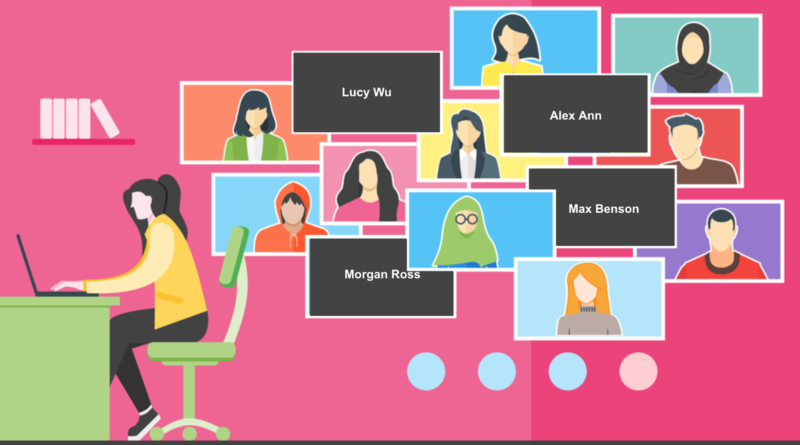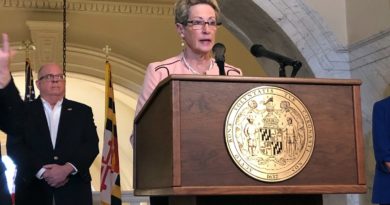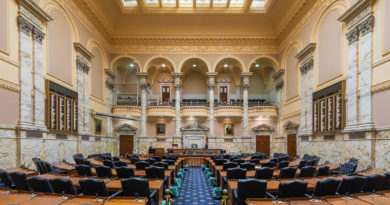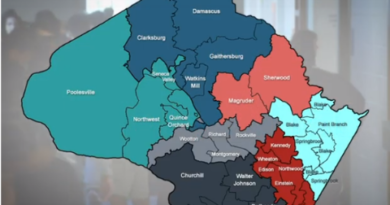Exploring Debate Over Cameras Being On During Zooms
In the midst of a pandemic, schools across the country rely on video conferencing applications like Zoom to continue education. Several unprecedented challenges have appeared, including the debate that arises whenever teachers ask reluctant students to turn their webcams on. Are cameras essential in ensuring students have the best possible virtual experience? Or are they just another unnecessary liability? Both sides have valid arguments.
Pro
It should come as no surprise that our community is suffering when there are black screens as far as the eye can see. Teachers joined the field wanting not only to educate their pupils, but actively participate in the learning process.
“Teachers are creatures who like interaction,” Principal Bob Sinclair says. “Teachers thrive on being with groups of kids, having discussions, reading facial expressions and seeing not only when kids struggle, but the big ‘Aha!’ when they get it. And that’s something that you don’t see when the cameras are off.”
It makes sense that they would prefer students to have their cameras on, as it aligns most with how they have previously held instruction. “Teaching without being able to see them is teaching with a blindfold on,” says AP US Government and Politics teacher Mary Wagner.
When classes were in the building, teachers could easily tell if a student was focused and paying attention. The rise of the ‘black screen’ in digital education has made this nearly impossible. A student could be making a sandwich with a class playing in the background and teachers have absolutely no way of knowing. When cameras are on, there is a pressure on students to at least appear attentive, as they are visible to everyone.
Many teachers have formed interactive lesson plans to monitor student comprehension, using platforms like Nearpod and Quizizz, while also utilizing Zoom’s reaction features. Teachers can watch in real time as students work through problems, and take questions as needed. Unfortunately, these applications do not even come close to replicating the instantaneous feedback teachers receive in a normal setting where they can read students’ facial expressions and reactions. Questions and confusion often go unaddressed as students may feel awkward trying to turn a mic on or reply in the chat, resulting in an uncomfortable period of silence that teachers have to sit through. Whereas gestures like smiling or nodding are subtle and efficient ways to express understanding or lack thereof. With class occurrences reduced to twice a week; we cannot afford to lose any time.
Furthermore, it is almost impossible to replicate the sense of community that forms in a non-virtual classroom when cameras are off. The COVID-19 imposed isolation has been disastrous on the mental health of students and teachers alike, and any sense of connection can be beneficial to those who are struggling. Whether that’s a full on discussion, or sharing a forced smile at a teacher’s corny joke, it all helps prevent feelings of isolation. Spanish 5 teacher Laura Fisher, says, “I think that a student who has their camera on in class feels more like they belong to a community, instead of just another name on a list.”
Students are not allowed to put their heads down in school, so why are they turning their cameras off? Many of these teachers have been in the field longer than we have been alive. They know what they are talking about, and the best way to operate their classroom.
Con
A Blake Beat Instagram poll of students showed many do not turn their cameras on; and for good reason.
For starters, not all students have a working environment that they feel comfortable showing to their peers. An only child has a completely different experience than someone with multiple siblings to look after. The same applies to those who share a room with family members or have an unstable home life. So many factors come into play that expecting cameras on at all times is inconsiderate.
Sophomore Amel Abduerzak says “No one needs to know that I have a demanding little brother to take care of; that’s personal.”
It goes without saying that many students already feel insecure in this time of their lives, and that is amplified when they have to see themselves on video in class. It’s like having a mirror in front of you while trying to work, heavenly for some, but torment for others. Those with anxiety may also think they are being watched, or being secretly judged because their video froze at a bad time without their knowledge. As a result, these students are more focused on their appearance than the material at hand, which is the opposite of what we want.
Sophomore Sofia Palacios is thankful that “My trip to school consists of picking up my laptop and opening up Zoom, entirely from my bed. I don’t have to worry about what people are going to think and it’s been amazing for my mental health.”
The rise of social media also presents a unique set of obstacles, as there is no way of knowing who is recording at a given time. While MCPS does not tolerate students recording classes, no one wants to risk being made into a Tik Tok or subpar Instagram meme and endure the cyberbullying that comes with it.
Teachers argue that having a camera on will ensure that students are focused and paying attention, when in reality they could be scrolling through any website on their laptop, or thinking about why the sky is blue. Some may even go as far as using a video of themselves as a background, so it appears as though they are present. Suggesting that visibility does not correlate with attentiveness past a superficial level.
Finally, expecting every student to have a working webcam and perfect internet connection is unrealistic and socioeconomically insensitive. MCPS did hand out Chromebooks to those who needed them, but many are working from their own damage ridden devices. Getting a camera replaced or a school provided device is not something everyone has the money and time for. While others may have limited bandwidth that they have to share with everyone else in their home, and multiple video conferences can make even the fastest internet move at a snail’s pace.
Closing
Overall, Mr. Sinclair understands arguments on both sides. He understands teachers’ frustrations, but also hopes they will do more to understand students’ perspectives before taking disciplinary actions towards students who do not turn their cameras on. “It’s such a mixed bag,” Mr. Sinclair says. “The push is, from the system level, we would love to have cameras on. But we also know, you know, the reality is, there are kids who may not want their cameras on because of their home situation.”
Personally, Mr. Sinclair feels it would be most beneficial for students to have their cameras on. “I would encourage kids as much as possible to turn the cameras on. It allows them to work with each other and work with the staff. It’s really a struggle when … there’s a large portion of our ninth grade that staff has never seen [and] we couldn’t identify them in the community. And that’s a real struggle for people.”




